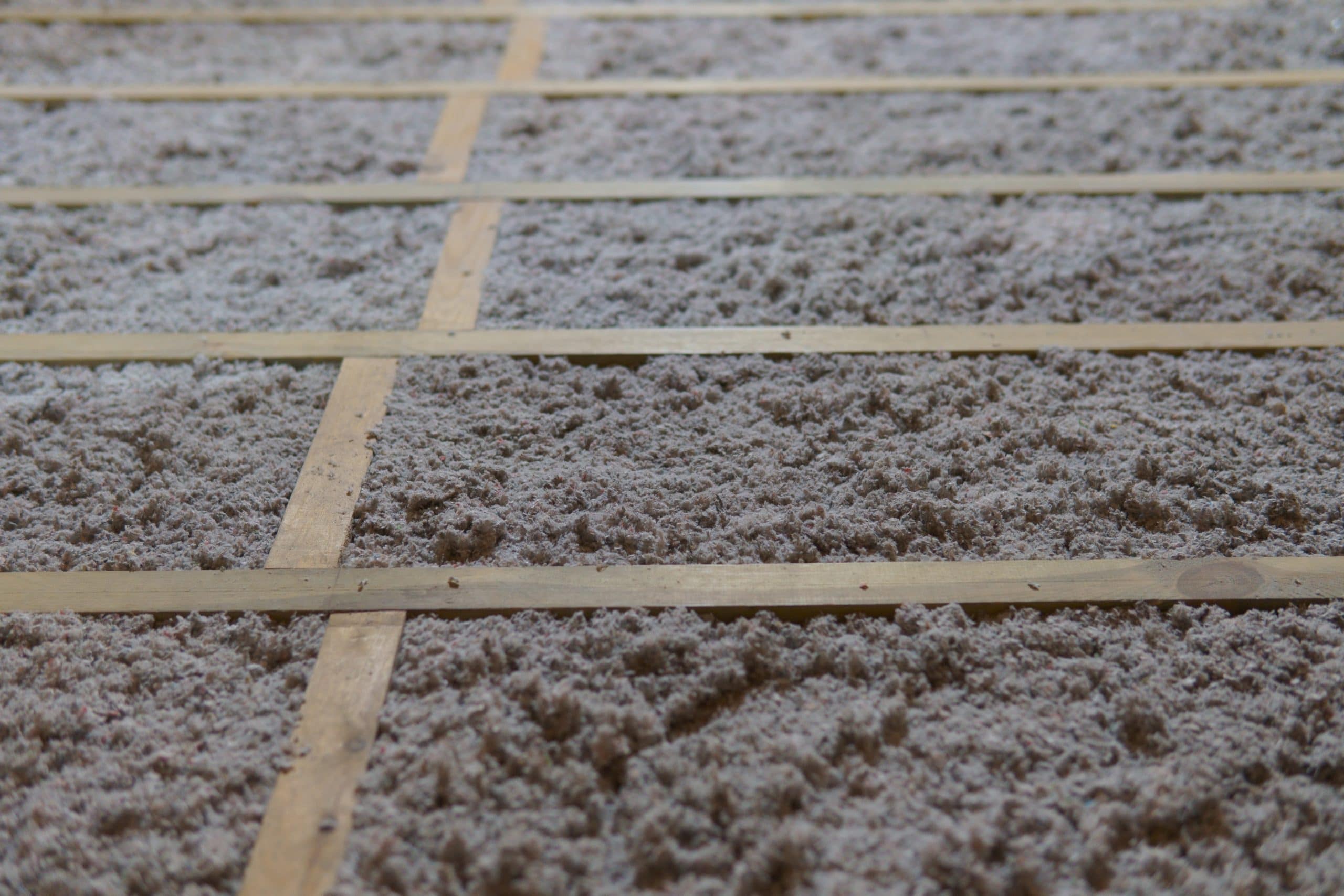Considering blow-in cellulose insulation for your closed walls or attic? Here’s everything you need to know.
Blow-in cellulose insulation is now one of the most popular insulation types used in attics and existing closed walls. It’s popularity is largely due to its eco-friendly properties and its flexible nature, making it easy to mould and conform to corners, obstructions and unusual shapes. It’s practical and cost-effective; it’s no wonder so many people opt for it as an insulation solution.
What is blow-in cellulose insulation? Blow-in cellulose insulation is a type of wood or paper based product. This thick, dense material is mechanically blown into empty spaces within the structural part of a house as insulation.
It’s one option of many when it comes to insulation – particularly for attics – and sits alongside fiberglass batts or blown-in fiberglass.
So, what is the best option and what are some of the things you should consider before settling on blow-in cellulose insulation?
What are the benefits of blow-in cellulose insulation?
It’s an eco-friendly alternative.
For starters, blow-in cellulose insulation is an eco-friendly option as it is made from around 85% recycled wood and paper products. This means that it meets the majority of green building certification standards.
Although fiberglass insulation is not the worst option when it comes to its environmental impact, it certainly isn’t the best. Not only can the particles be extremely irritant (and even dangerous to inhale), but it is also far more difficult to mould into irregular shapes, increasing the gaps that impact the transmission of heat and cold.
In comparison, cellulose insulation:
- Has a cleaner, pollution free product process compared to alternatives
- When removed, it degrades without contributing harmful chemicals into the soil,water or air
- It has high energy efficiency ratings
Since you can use it to sufficiently insulate every nook and corner of a property, it also maintains the R-value consistently.
It’s relatively inexpensive.
Despite its low cost, blow-in cellulose insulation still has an R-value of approximately 3.5 per inch of thickness. The higher the R-value, the greater insulation performance, and – as a result – more savings on heating and cooling bills; so, long-term, it has the potential to save you some serious money.
It can settle around most shapes.
We’ve already mentioned the flexible nature of blow-in cellulose insulation; it can fit into – and conform to – pretty much any obstruction found in walls and attics.
In addition, once walls are already finished, injecting the loose-fill cellulose is one of the only options if you want to add insulation.
It’s fire retardant.
This form of insulation is treated with borax, boric acid and/or ammonium sulfate. This makes it very fire retardant, and totally safe for use around contemporary light fixtures.
Cellulose insulation has a Class 1 fire rating; in fact, it is even possible to use a blowtorch to warp a penny sitting on a layer of cellulose insulation held in your hand, with the cellulose remaining totally unaffected. You wouldn’t even feel heat on your hand. It’s that safe!
What are the disadvantages of blow-in cellulose insulation?
Of course, it isn’t all sunshine and rainbows; there are a few disadvantages of blow-in cellulose insulation that are important to keep in mind.
The first is that, over time, it can pack down and form pockets above the settled areas in a dwelling. These pockets can turn into thermal bridges, which will then transmit heat or cold into the house.
Buildpass top tip: Read our article all about thermal bridging and how to avoid it here.
Cellulose also soaks up moisture within enclosed spaces: it can take a long time for this to dry out. This moisture will then have an impact on the R-value, and could even lead to mold and mildew.
While cellulose insulation will save you money on your energy costs long term, it does tend to have a higher initial installation cost than fiberglass; you will therefore need to factor this into your overall budget.
How do I know if blow-in cellulose insulation is the right option for me?
Luckily, this is something Buildpass can help you with.
As energy and sustainability experts, we can advise you on the very best options for your dwelling. Get in touch with a member of the team for an informal chat.




















